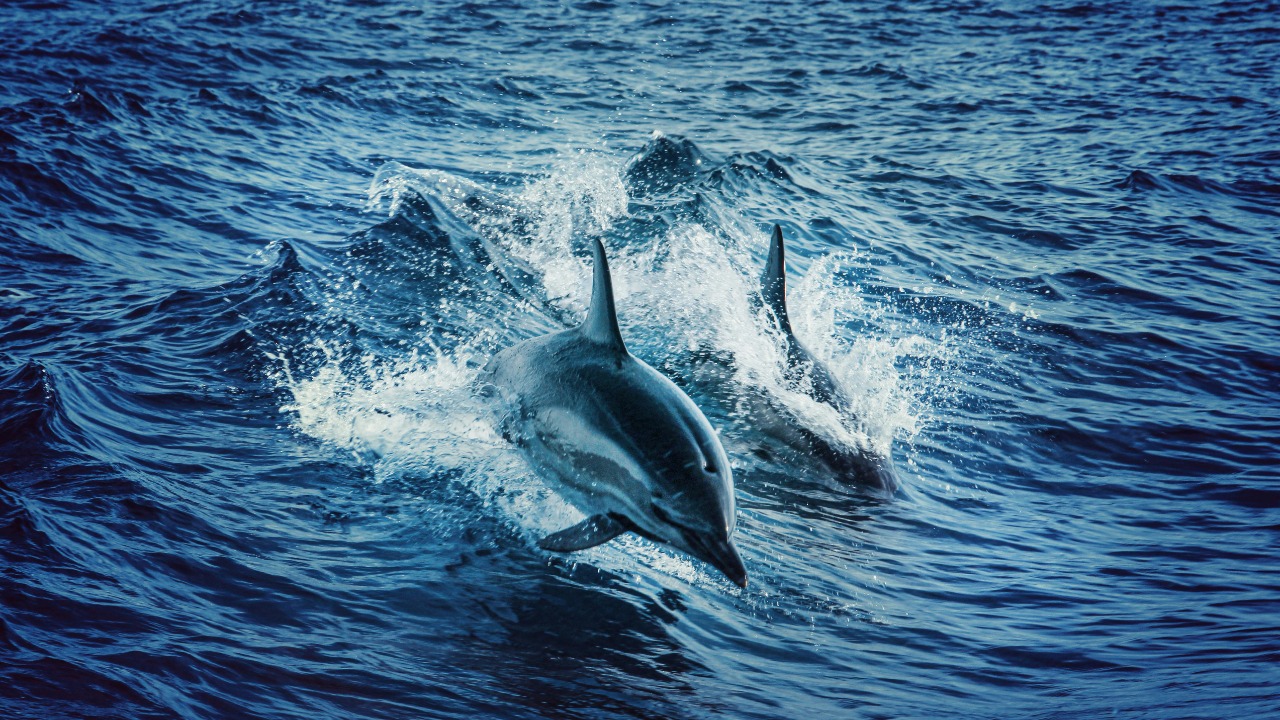
Recent studies have unveiled a disturbing trend: Atlantic dolphins are dying at a much younger age than in previous decades. This alarming development has prompted scientists to sound the alarm over a potential crisis in marine mammal health. The urgency for conservation efforts to address underlying environmental threats affecting these iconic ocean dwellers is now more critical than ever. Without immediate action, dolphin populations could face irreversible declines, a stark reminder of the interconnectedness of ocean ecosystems and human impacts.
The Observed Decline in Dolphin Lifespan
Recent analyses have shown a significant decrease in the average lifespan of Atlantic dolphins compared to historical data. This trend is particularly noticeable in species such as the bottlenose dolphins, where mortality rates have spiked among younger cohorts. The age at which these dolphins are dying has dropped dramatically, indicating a serious shift in their life expectancy.
Regional variations in this trend have also been observed, with hotspots like the U.S. East Coast showing the most pronounced changes. The decline in dolphin lifespan in these areas is a clear indication of the severity of the situation and the urgent need for intervention.
Scientific Evidence Behind the Alarm
The 2025 research utilized methodologies such as necropsy data from stranded dolphins to confirm the occurrence of premature deaths. The findings, released on October 22, 2025, have added a sense of urgency to current conservation debates. The data collected provides compelling evidence of the crisis at hand, reinforcing the need for immediate action.
Scientists have issued direct warnings about the implications of these findings. They have emphasized the need for broader monitoring programs to track the health and lifespan of Atlantic dolphins, highlighting the importance of understanding and addressing this issue.
Potential Causes of Premature Mortality
Several environmental factors have been identified as potential contributors to the premature mortality of Atlantic dolphins. Pollution and habitat degradation are among the primary concerns. These factors have a direct impact on the health and survival of dolphins, leading to their younger death ages.
Human activities, such as shipping traffic and fishing bycatch, have also been linked to the issue. These activities increase stress and injury rates among dolphin populations, further exacerbating the problem. Additionally, emerging health issues, including disease susceptibility linked to compromised immune systems from ocean contaminants, have been identified as potential causes of the premature mortality.
Impacts on Atlantic Dolphin Populations
The premature mortality of Atlantic dolphins has led to significant demographic shifts. Early adult mortality has resulted in reduced breeding success, affecting family groups and the overall population structure. This shift has serious implications for the future of these dolphin populations.
Declining dolphin numbers also disrupt food chains in Atlantic coastal waters, leading to ecological ripple effects. Case studies of specific pods or locations have shown population drops tied to the lifespan decline, further illustrating the far-reaching impacts of this issue.
Expert Responses and Calls to Action
Leading scientists involved in the research have sounded the alarm on this issue and have detailed their recommendations for policy changes. They propose interventions such as enhanced protected areas for Atlantic dolphins to mitigate mortality risks. These measures are seen as crucial steps in addressing the crisis.
Following the release of the 2025 findings, international collaboration efforts have been initiated to track and reverse the trend. These efforts underscore the global concern over the issue and the collective commitment to addressing it.
Broader Implications for Marine Conservation
The crisis facing Atlantic dolphins is indicative of larger ocean health indicators. It signals wider biodiversity threats and underscores the need for comprehensive marine conservation efforts. The latest data from October 22, 2025, should be integrated into global strategies to ensure effective long-term monitoring.
Addressing the issue of dolphin deaths also has implications for human communities. Coastal communities reliant on healthy marine environments stand to benefit from efforts to reverse the trend. This human element adds another layer of urgency to the call for action, highlighting the interconnectedness of human and marine life.
In conclusion, the premature mortality of Atlantic dolphins is a pressing issue that requires immediate attention. The findings of recent studies serve as a wake-up call for conservation efforts. It is crucial that we heed this call and take decisive action to protect these iconic ocean dwellers and the ecosystems they inhabit.
More from MorningOverview